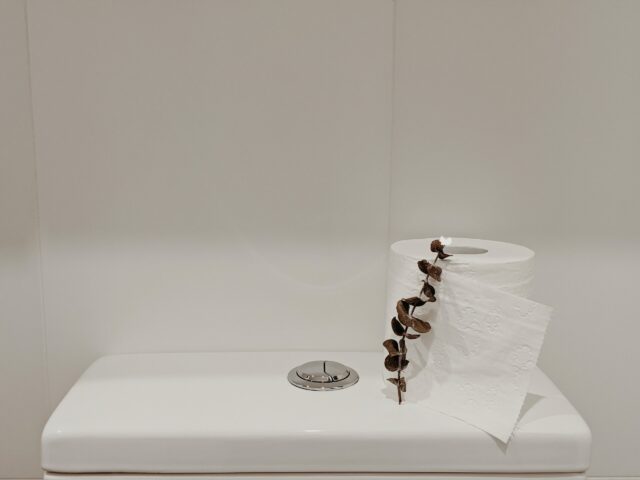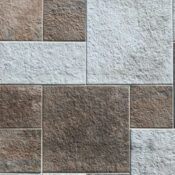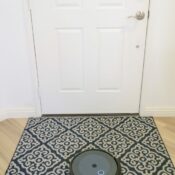
Window air conditioners can turn a room from being just any other living space to being a cozy and comfortable space. Yet, unless you know the best way to clean a window air conditioner, it could accumulate dirt very easily and cause you ’99 problems’ and more.
Why is it Important to Clean?
Dirty air conditioners pose health risks, due to all the dust, bacteria and allergens that they accumulate. Even worse, failure to clean these could reduce their efficiency, they bring about high energy bills and air quality problems. Therefore, regularly cleaning your window air conditioner is vital if you are to protect your health and keep the A/C in good working order.
We Are Here to Help You!
There are numerous ways on how you can clean a window air conditioner. However, we have done all the research for you and compiled the four most effective ways on how you can get the job done. Read on!
Method 1: Basic Cleaning
Basic cleaning of window air conditioners helps to remove accumulated mold or mildew. To determine if the A/C unit has developed any mold, turn it on then smell for mold/mildew smell.
Materials Needed:
- Hydrogen Peroxide (preferably one which has 3% solution)
- Spray Bottle
- Goggles
- Mask
- Drip Tray, such as a turkey basting tray
The Process:
1. In an empty spray bottle, add the hydrogen peroxide solution. Avoid using bleach, as it produces fumes that are harmful to health and could also damage the window air conditioner. Also, alcohol is not recommended, since it is highly flammable and could pose fire risks.
2. Turn off the window A/C. Using the spray bottle, gently spray the outflow and intake area of the A/C. Both these are located at the front part of the unit. Remember to wear your mask and goggles to prevent the fumes from getting into your eyes and lungs. Also, rinse your hands thoroughly after spraying.
3. Allow the unit time to dry. It is recommended that you spray the window air conditioner at night, so that you give it all night to dry. In the morning, you can then turn the unit back on.
4. If the window air conditioner is still not completely clean, you can also do a deeper cleaning. Turn off the A/C unit, remove the filter then spray the hydrogen peroxide solution further inside the A/C. Make sure to place a drip tray beneath the unit, so that it catches any drips which could bleach the wood flooring, carpet or fabric. Then, repeat step 3 and your unit should be thoroughly clean.
Note
When cleaning your window air conditioner, avoid turning it on and off too often, especially when the unit has not completely dried. While the A/C is still wet and the condensate has not evaporated, that is when most microbes and bacteria accumulate. Therefore, regularly turning the A/C on and off while it is not fully dried only promotes more build-up of microbes.
Method 2: Monthly Cleaning
The window A/C filter should be cleaned at least once per month. However, if your home environment is very dusty or has pets, clean the filter a little more often. Also, to ensure their efficiency and functionality, air conditioner filters should be replaced at least once every three months.
Materials Needed:
- Water
- Vacuum Hose Attachment
- Screwdriver
- Dry towel
The Process:
1. Turn off the A/C unit and disconnect it from the power cord. To access the filter, remove the front panel of the window air conditioner. Most air conditioner panels are secured with tabs or screws; you might have to use a screwdriver to remove the panel.
2. After locating the filter, pull it out from the slot. Some window A/C models require that you slide down the filter or pull it out of its slot. Therefore, it is crucial that you consult the manufacturer’s instructions on how to remove the unit’s front panel and filter.
3. Run clean water through the filter. If the window air conditioner filter has stubborn grime or dirt, clean it using a vacuum hose attachment. Then, run the filter under clean, warm water to rinse it.
4. Shake off all excess water from the air filter. Using a clean, dry towel, pat it dry. Then, allow it time to completely dry. After the filter has completely dried, put it back into its slot then replace the front panel.
Note
You should never turn on the air conditioner without a filter, or while the filter is still wet. Also, it is crucial that you replace any worn or torn air filters.
Method 3: Seasonal Deep Cleaning
Materials Needed:
- Screwdriver
- Soft Bristle Comb (or a fine comb)
- Can of Condensed Air
- Gloves
- Vacuum Hose Attachment
- Dry Towel
- Household Cleaner
The Process:
1. Turn off the window A/C and disconnect it from the power chord. Remove the fins and front panel attached to the window. Using a screwdriver, remove the exterior casing of the A/C unit. Then, slide the casing from the interior; be careful not to cause any snagging of the casing while at it.
2. Using a soft bristle brush, comb the fins to remove all dust and debris. Remember to wear your gloves while combing the fins; the gloves ensure that you do not get cut by the fins.
3. Spray the condensed air into the fins and the area around the coils. Also, blow away any dirt around the motor and fan. Using a small, soft brush, wipe off all dust from the coils at the back and front of the A/C unit.
4. Using a vacuum hose attachment, remove all remaining debris from the base of the A/C unit. Then, spray the tray with a householder cleaner and let it sit for a few minutes. Scrub and wipe it using a clean, damp cloth.
5. Using a clean, dry towel, hand dry the base/tray of the unit. Allow it to dry naturally, then, reassemble the unit and put it back.
Window air conditioners especially come in handy during the heat of the summer. Yet, no one really wants an A/C that produces dusty or smelly air. This would defeat the entire purpose of the AC, plus pose a risk to your health, therefore, follow the three above-discussed best ways to clean a window air conditioner, and you will always enjoy clean, fresh air in your home.













